Results
-
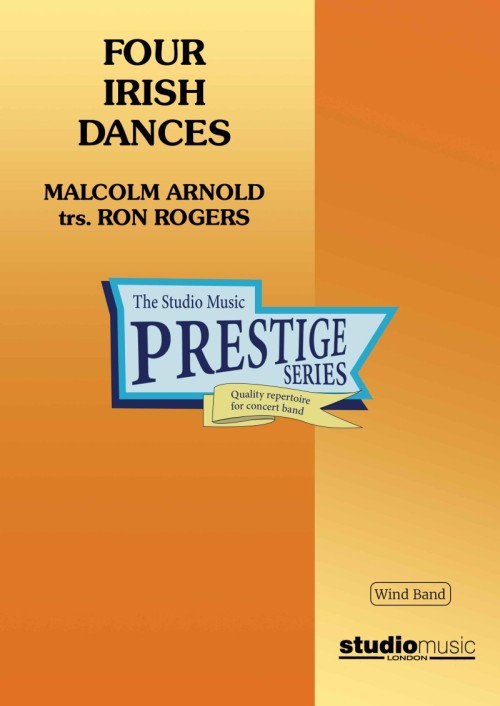 £112.95
£112.95Four Irish Dances (Prestige Concert Band - Score and Parts) - Arnold, Malcolm - Rogers, Ron
Malcolm Arnold's Four Irish Dances are from the latter stage of his career. The 1986 piece complements his other regional dance suites for orchestra, including Cornish, English and Scottish dances, though it darker in mood and colour. Stomping brass and drums in the opening Allegro con Energico give way to two spare middle movements: a Comodo made from anguished melodic imitation and a lilting Piacevole with eerie solo piccolo and miniature trio for trumpets. The 11 minute piece concludes with a wild, contrapuntal jig in triple time.The original orchestra version of the work was premiered at the Leeds Castle Festival on 10 October 1987, by the Wren Orchestra conducted by the composer.
Estimated dispatch 7-14 working days
-
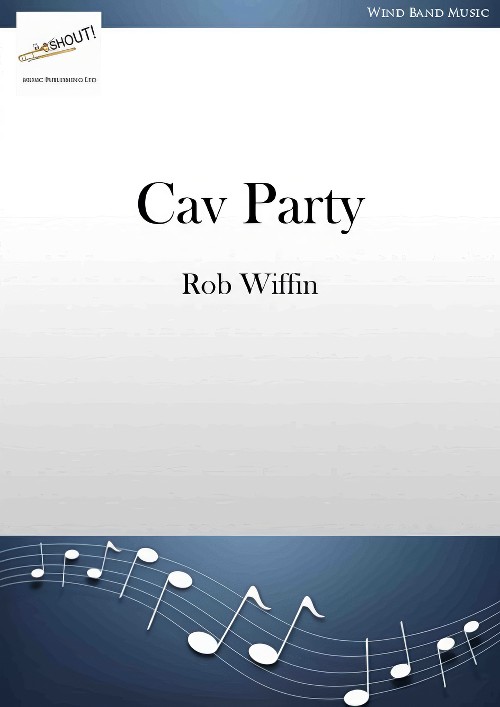 £49.95
£49.95Cav Party (Concert Band - Score and Parts) - Wiffin, Rob
Cav Party was commissioned by The Band of the Household Cavalry in 2020. The idea was to showcase the various musical elements of the band in a party piece that gets more boisterous as it goes on. It utilises three Eighteenth century melodies associated with the band, starting off with a folkish setting of Handel's March from Scipio for harp, violin, flute and cor anglais (all fully cued on regular wind band instruments) and then into Keel Row where the accordion is featured before the whole band enters, and finally to Money Musk. Both Keel Row and Money Musk are played as Trot Marches by the band.The regimental slow march Scipio comes from Handel's opera of 1725 The Mercy of Scipio, which was based on the life of the Roman General Scipio Africanus.Keel Row is a traditional folk song evoking the life and work of the keelmen of Newcastle upon Tyne. It was first published in 1770, although it could be considerably older. The opening lines of the song describe Sandgate, the part of the quayside overlooking the River Tyne to the east of the city centre where the keelmen lived.Money Musk, also known as Monymusk or Monnymusk was originally a pipe tune composed by Scottish fiddler Daniel (sometimes Donald) Dow (1732 - 1783) in 1776. It takes its name from a baronial estate in Aberdeenshire, Scotland called Monymusk House. The tune first appeared in Dow's Thirty Seven New Reels, c. 1780 under the title Sir Archibald Grant of Monemusk's Reel.Duration: 3.45
Estimated dispatch 7-14 working days
-
 £44.95
£44.95Eyes on the Stars (Concert Band - Score and Parts) - Wiffin, Rob
Eyes on the Stars was commissioned by the Surrey Police Band in 2022 in memory of George Rowland. George was a remarkable character. He was born in Vienna but spent his early days in Tuscany, coming to England with his family at the start of WW2, where he went on to be one of the pioneers of cancer research. He was an avid skier, tennis player and extremely keen musician. Wherever he went he joined a community band so when he and his family settled in Surrey he joined the Surrey Police Band. To them he was George who played bass clarinet, a polite chap with a lovely deep Surrey accent! In trying to fulfil the terms of a commission for a five-minute work I attempted to embrace the verve and aspirational nature of George and his overwhelmingly positive nature, hence the title Eyes on the Stars.- Rob WiffinFirst performed by the Surrey Police Band on 18 March 2023 at Emmanuel Church in Stoughton.Duration: 5.15
Estimated dispatch 7-14 working days
-
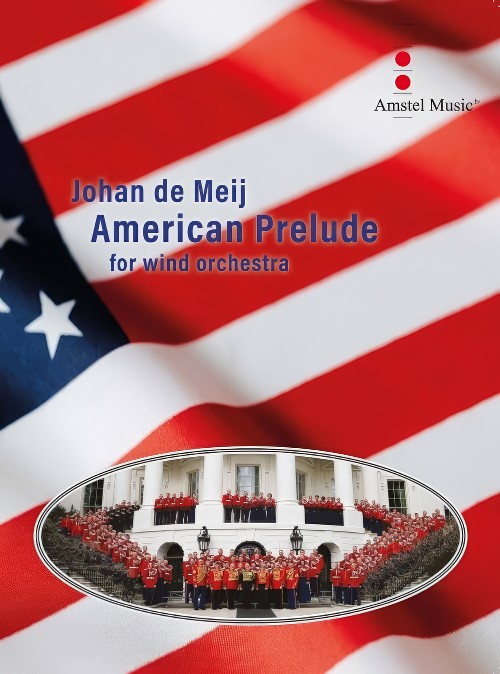 £100.80
£100.80American Prelude (Concert Band - Score and Parts) - De Meij, Johan
American Prelude was commissioned by the United States Marine Band "The President's Own" and was composed in honour of the retirement of Colonel Jason K. Fettig, the 28th Director of the USMB. This short and energetic work features subtle hints to two of my favourite American composers, Aaron Copland and John Williams. The performance at Colonel Fettig's final concert with the Marine Band was the world premiere, given at the annual Midwest Band and Orchestra Clinic in Chicago, Illinois on December 20st, 2023.Duration: 4.15
Estimated dispatch 7-14 working days
-
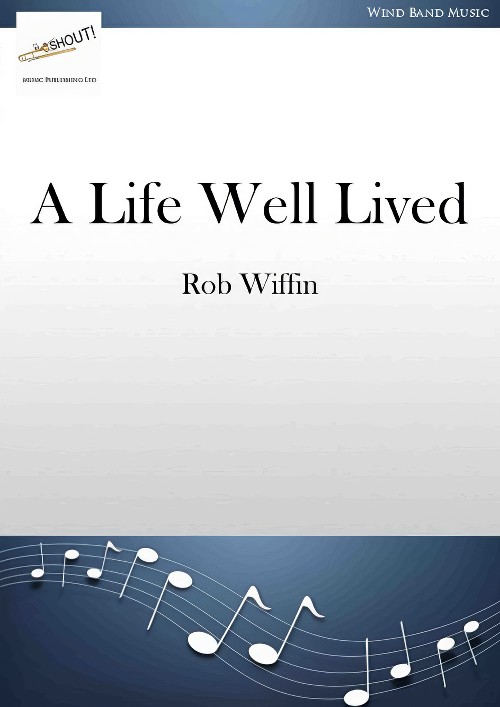 £49.95
£49.95A Life Well Lived (Concert Band - Score and Parts) - Wiffin, Rob
A Life well lived was commissioned by the Morrish family in 2023 on the death of Ian Morrish. It is dedicated to them with the inscription in loving memory of Ian.I knew Ian from early days at Southall Citadel Salvation Army Corps and then our paths crossed again briefly when I joined the Central Band of the Royal Air Force. Ian had been a euphonium player in the band for many years and was about to leave to take up a teaching post in Surrey. He was always very involved in choral music, conducting choirs throughout his life. I therefore wanted to keep this piece song-like and actually started with the song which appears from letter D to the end, which can always be performed on its own. From there I used the rising octaves that introduce the song to form the beginning of the work, with the feeling in the back of my head of a river starting to flow. There is nothing referential in the more dramatic sections towards the beginning, but every life has its dramas and I wanted something to give some balance to the tranquil nature of much of the piece. In the middle of the work I use a little motif taken from a song I remember Ian singing in his floating tenor voice. I develop the motif a little as an accompaniment to a new line which has, for me, a sense of purpose and directness and has an oblique reference to the RAF March Past. This builds to the aforementioned song and from there the music flows with its highs and lows to its peaceful conclusion.- Rob WiffinDuration: 3.30
Estimated dispatch 7-14 working days
-
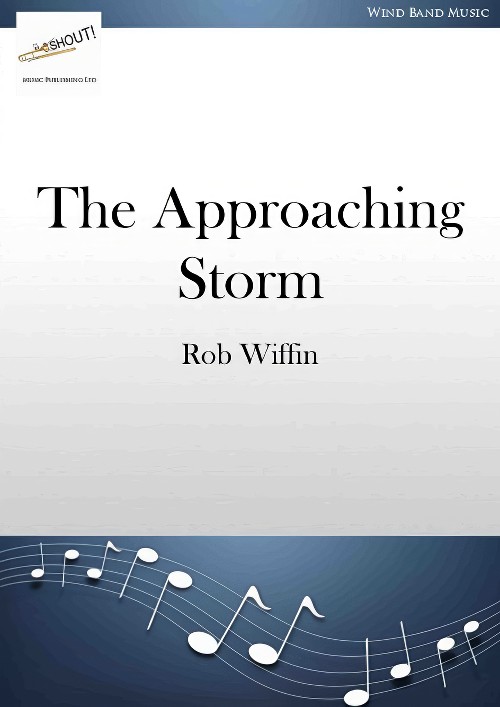 £44.95
£44.95The Approaching Storm (Concert Band - Score and Parts) - Wiffin, Rob
This piece was written in Spain in late May/early June 2023. The weather was very unseasonal and every day storms rolled over the Sierra Crevillente and unleashed on the Vega Baja. It was therefore very easy to imagine the sense of an impending storm. The piece was intended to be in the range of Grade 2 and the limited instrumentation, ranges and technical resources presented unique challenges.Duration: 3.45
Estimated dispatch 7-14 working days
-
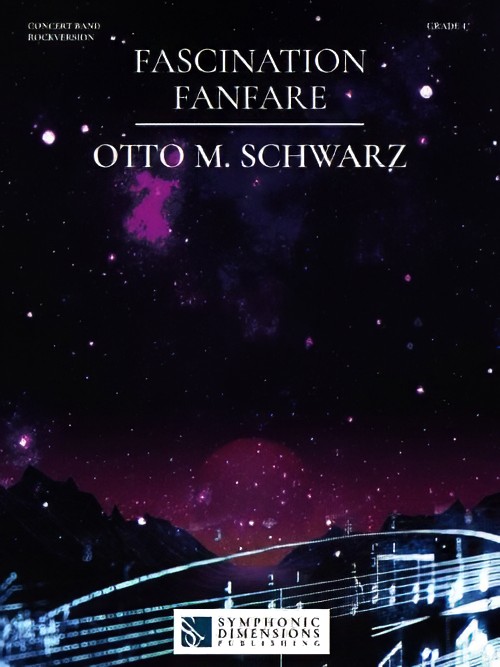 £100.80
£100.80Fascination Fanfare (Concert Band - Score and Parts) - Schwarz, Otto M.
Rock VersionFascination Fanfare is a hymn to passion, to fascination and to generations of music lovers! This dynamic fanfare is a rousing work full of catchy melodies and enthralling sounds. This opening work and the musical signature tune it contains were commissioned by the Austrian Brass Band Association and will be heard, among other things, at public events as a musical calling card.Duration: 3.15
Estimated dispatch 7-14 working days
-
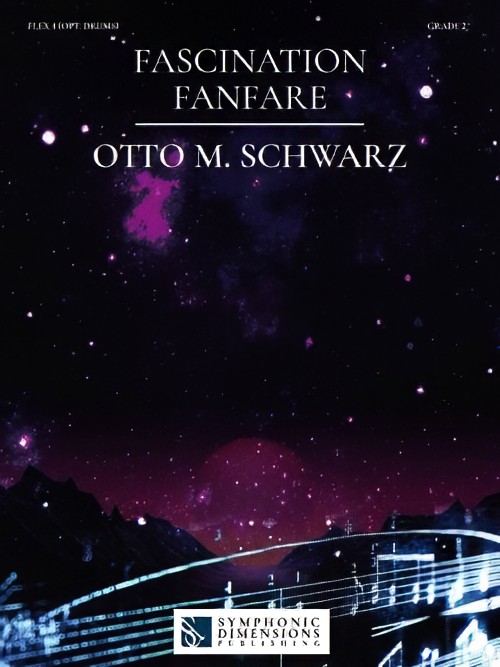 £63.99
£63.99Fascination Fanfare (Flexible Ensemble - Score and Parts) - Schwarz, Otto M.
Fascination Fanfare is a hymn to passion, to fascination and to generations of music lovers! This dynamic fanfare is a rousing work full of catchy melodies and enthralling sounds. This opening work and the musical signature tune it contains were commissioned by the Austrian Brass Band Association and will be heard, among other things, at public events as a musical calling card.Duration: 3.00
Estimated dispatch 7-14 working days
-
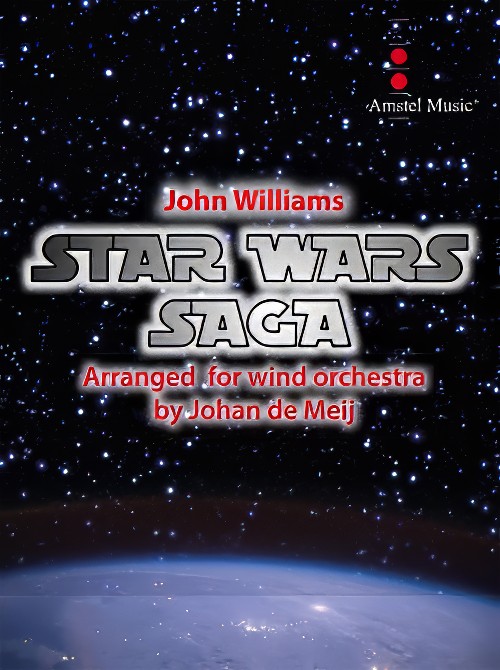 £129.99
£129.99Star Wars Saga (Concert Band - Score and Parts) - Williams, John - De Meij, Johan
John Williams (February 8, 1932) has composed some of the most popular, recognisable and critically acclaimed film scores in cinema history. Williams has won 25 Grammy Awards, five Academy Awards, seven British Academy Film Awards, and four Golden Globe Awards. With 53 Academy Award nominations, he is the second most-nominated individual, after Walt Disney. His compositions are considered the epitome of film music, and he is considered among the greatest composers in the history of cinema. His work has influenced many other composers of film, popular, and contemporary classical music. In 2005, the American Film Institute selected Williams's score to 1977's Star Wars as the greatest film score of all time. In this newly revised arrangement from 1986, arranger Johan de Meij has used themes from Star Wars: A New Hope and The Empire Strikes Back.
Estimated dispatch 7-14 working days
-
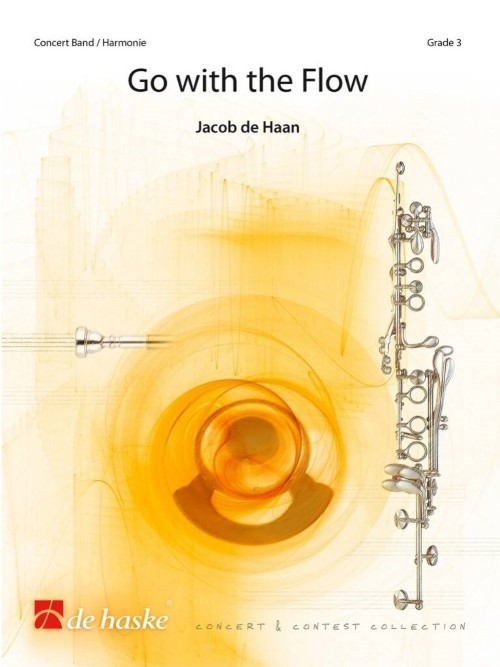 £99.99
£99.99Go with the Flow (Concert Band - Score and Parts) - De Haan, Jacob
This work is not only about the flow of the Doubs, Ranceuse and Roide rivers that converge at Pont-de-Roide but also about the flow of life and history of this French town. The composition begins festively and, after the tempo picks up, the music smoothly and rhythmically depicts the happiness and enthusiasm of the inhabitants. The ever-flowing waters of the rivers introduce the slow, melodic middle section, which suddenly turns into traditional march music. After a return to sounds of happiness and enthusiasm, the work closes majestically.Duration: 9.00
Estimated dispatch 7-14 working days
